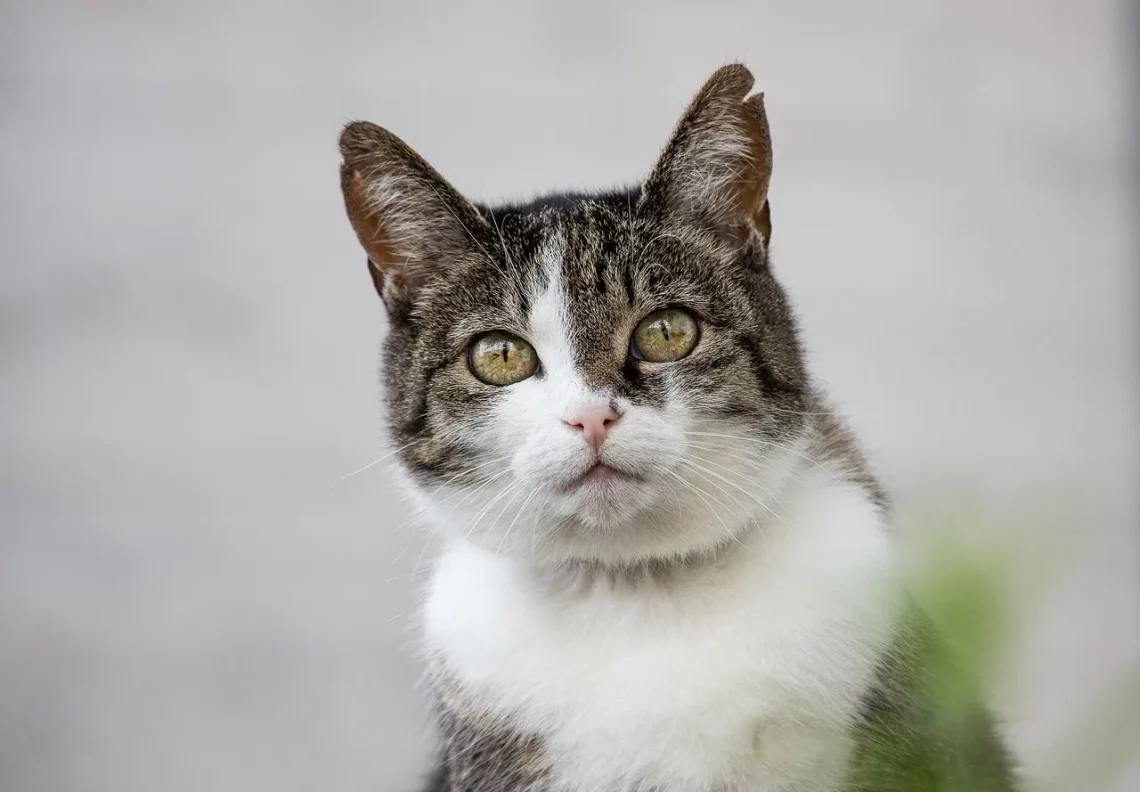
Understanding Cat X Rays: A Guide for Pet Owners
Understanding the inner workings of a cat’s body can often feel daunting, especially for pet owners unsure about the various diagnostic tools available. Among these tools, X-rays play a crucial role in veterinary medicine. Just as with humans, X-rays offer invaluable insights into the health of our feline companions, providing a non-invasive method to visualize internal structures. For many pet owners, the thought of their beloved cat undergoing an X-ray can be anxiety-inducing, raising questions about the procedure itself, its necessity, and the implications of the findings.
Cats are naturally adept at hiding discomfort and illness, which can make diagnosis a challenge. This is where diagnostic imaging, such as X-rays, becomes essential. By capturing images of bones, organs, and tissues, X-rays help veterinarians identify fractures, tumors, infections, and other health issues that might not be apparent through physical examinations alone. Understanding how X-rays work and what to expect during the process can ease the anxiety surrounding the procedure and empower pet owners to make informed decisions about their cat’s health.
In the following sections, we will explore the process of taking X-rays, the types of conditions they can help diagnose, and what pet owners should know about the safety and preparation involved.
How X-Rays Work in Veterinary Medicine
X-rays, or radiographs, utilize electromagnetic radiation to create images of the internal structures of the body. In veterinary medicine, this process is generally similar to that used in human medicine, but with certain adaptations to cater to the unique anatomy of cats.
During an X-ray procedure, the cat is positioned on a special table, and a machine emits a controlled amount of radiation that passes through the body. Different tissues absorb this radiation to varying degrees. For example, bones absorb more radiation, appearing white on the X-ray, while softer tissues, like muscles and organs, appear in shades of gray. Air-filled spaces, such as the lungs, show up as black areas on the film.
The procedure is typically quick, lasting only a few moments. However, it may require the cat to remain still for a brief period to ensure clear images. In some cases, a sedative may be used to help relax the cat, particularly if they are anxious or unable to remain still.
Veterinarians often take multiple views from different angles to obtain a comprehensive look at a particular area, which is essential for accurate diagnosis. The images are then analyzed by the veterinarian, who looks for any abnormalities or issues that may indicate health problems.
It is important to understand that X-rays are a valuable tool in a veterinarian’s diagnostic arsenal but are not the only method used to assess a cat’s health. They are often used in conjunction with other diagnostic methods, such as blood tests and ultrasounds, to provide a complete picture of the cat’s condition.
Common Conditions Diagnosed with X-Rays
X-rays can help diagnose a wide range of conditions affecting cats. One of the most common uses of X-rays is identifying fractures. Cats are agile creatures that can sometimes suffer injuries from falls or accidents. X-rays can quickly reveal broken bones, allowing for timely treatment to ensure proper healing.
Another significant application of X-rays is in detecting tumors. Whether benign or malignant, the presence of a tumor can be identified through abnormal growth patterns seen on X-ray images. This can be crucial for early intervention, as some tumors may require immediate attention to prevent further complications.
Additionally, X-rays are instrumental in assessing respiratory issues. For example, conditions like pneumonia or fluid accumulation in the lungs can be identified through changes in the lung structure and patterns on X-rays. This allows veterinarians to formulate appropriate treatment plans, which may include medication or even surgical intervention.
Dental problems are another area where X-rays are useful. Many dental issues, such as tooth root abscesses or periodontal disease, can be hidden beneath the gum line. Dental X-rays provide a view of the tooth roots and surrounding bone, helping veterinarians diagnose and treat these issues effectively.
Lastly, X-rays can also aid in evaluating the gastrointestinal tract. Conditions such as foreign bodies, obstructions, or gastrointestinal diseases can often be identified through X-ray imaging, guiding further diagnostic procedures or treatments.
The versatility of X-rays in diagnosing various health issues underscores their importance in veterinary care, enabling timely and effective interventions.
Preparing Your Cat for an X-Ray
Preparation for an X-ray can vary depending on the specific circumstances and the cat’s condition. Generally, however, there are a few key steps that pet owners should keep in mind to ensure a smooth experience for both the cat and the veterinary staff.
Before the appointment, it’s essential to provide the veterinarian with a complete medical history of your cat, including any current medications or underlying health issues. This information will help the veterinary team tailor the procedure and any necessary precautions.
In many cases, particularly for abdominal X-rays, your veterinarian may recommend fasting your cat for a few hours prior to the procedure. This is to ensure that the stomach and intestines are clear, allowing for better visualization of the organs. However, if your cat is diabetic or has specific health concerns, follow your veterinarian’s advice regarding fasting.
During the appointment, your cat will be placed on the X-ray table, which may be unfamiliar and potentially stressful for them. It can be helpful to bring along a favorite blanket or toy to provide some comfort. The veterinary staff is trained to handle cats with care and will do their best to minimize anxiety.
Once the X-ray is complete, the images will be analyzed, and the veterinarian will discuss the findings with you. Depending on the results, further diagnostics or treatment may be necessary, which the veterinarian will outline clearly.
Understanding the preparation process can help alleviate some of the stress associated with the X-ray procedure, making it a more positive experience for both you and your cat.
Safety Considerations for Cat X-Rays
One of the primary concerns pet owners may have regarding X-rays is radiation exposure. It is natural to worry about the safety of your pet during such procedures. However, it is important to note that veterinary X-rays are designed with safety in mind. The amount of radiation used is minimal and is significantly lower than the radiation associated with many common human medical procedures.
Veterinary clinics adhere to strict safety guidelines to ensure that both the staff and animals are protected during X-ray procedures. Protective gear, such as lead aprons, is worn by the veterinary team, and only the necessary personnel are present in the X-ray room during the procedure.
In most cases, the benefits of obtaining clear diagnostic images far outweigh the potential risks associated with radiation exposure. X-rays are instrumental in diagnosing conditions that, if left untreated, could lead to more severe health issues for your cat.
If you have concerns regarding the safety of X-rays for your cat, don’t hesitate to discuss them with your veterinarian. They can provide detailed explanations about the procedure and the precautions in place to ensure your pet’s safety.
In conclusion, understanding cat X-rays is an essential aspect of being a responsible pet owner. While the process may seem intimidating at first, knowing what to expect can help alleviate anxiety. Always remember, in matters of health, it is best to consult directly with your veterinarian to ensure the best care for your beloved feline friend.
**Disclaimer:** This article is for informational purposes only and should not be considered medical advice. For any health concerns regarding your pet, please consult your veterinarian.




